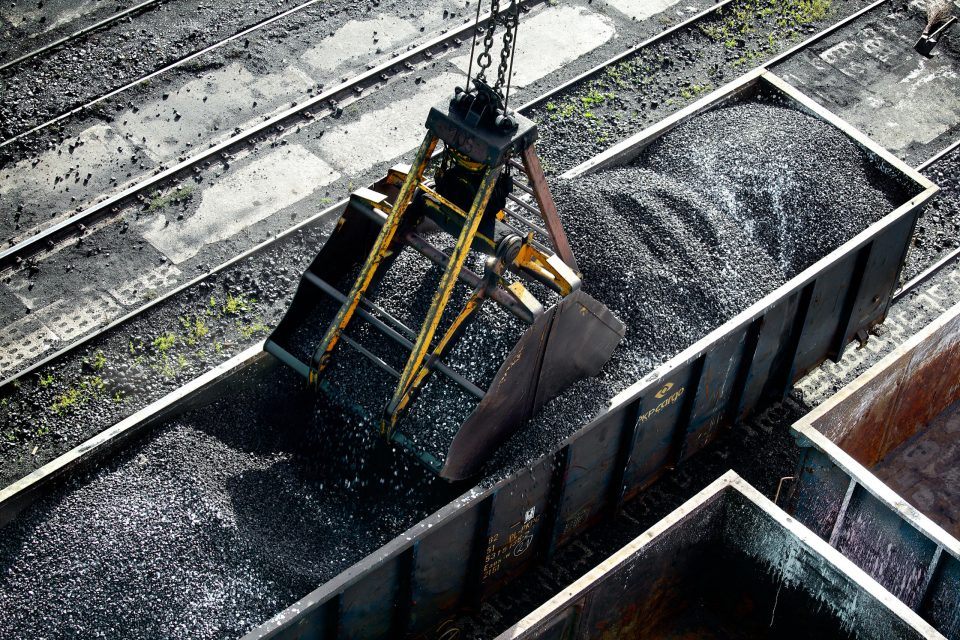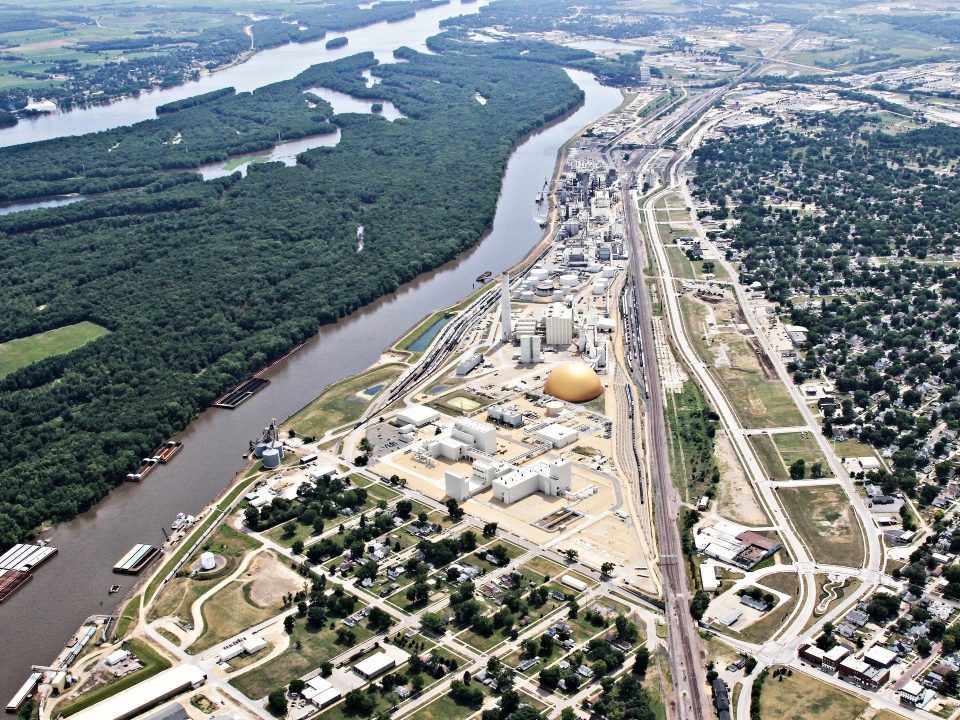When planning or improving a coal storage and handling facility, it’s important to consider first things first. Domes are an ideal option for storage since the apex can easily support large loads from the headhouse and conveyors, and the overall system is efficiently designed for filling, storage and reclaim systems. But these features all come standard. Customizing the structure and its systems is the key to optimal function.
Here are a few important categories to consider for a one-of-a-kind, high-production facility:

The amount of storage and desired throughput
Storage requirements dictate everything else, from the type of storage to how often the facility will be emptied and how many tons will run through it per week or month. This is also the time to discuss anticipated growth and plan for that too.
Coal projects often start with a look at the end and work backwards. For ADM in Clinton, Iowa, the size of the dome was driven by their desired burn rate. As a cogeneration power plant, ADM needed to maintain a constant 60,000 short tons of coal on site. So a 298-foot dome was planned and built to accommodate those needs. Later, in Columbus, Ohio, ADM contracted another dome to be built, this one 300 feet in diameter with the same storage capacity to get a similar amount of kilowatts.

The type of coal being stored
With bituminous coal, stacking and reclaim options are expansive. From front-end loader to stacker reclaimer or drag chain, coal producers can be selective, balancing low cost with sophistication. Dome Technology’s team has seen rotary plows with cone-shaped piles as an effective reclaim option, but another effective choice is tall domes with a high percentage of live reclaim.
With subbituminous coal, requirements are stricter. Based on volatility, customers must decide how they’ll maintain access to the pile for putting out potential fires and hot spots.
A doughnut-shaped pile is a good option for storing subbituminous coal. The pile is placed and reclaimed using a stacker reclaimer, a model that allows access to the pile and can work particularly well when the cleanout happens every couple weeks. A monitoring system on the inbound conveyor is necessary so hot coal is rejected before being placed in the storage.
A kidney-shaped pile can also work well. The stacker creates a pile that tapers off on the side, and the filling arm’s swing is 230 to 250 degrees. This shape provides ample access to the pile, so while it might not make the most of a dome’s capacity, it does provide peace of mind and safety when managing a volatile product like coal.

Site restrictions
Although a round dome is predictable and popular, elliptical-shaped domes work well on narrow sites. For one recent project, Dome Technology proposed an elliptical-shaped dome located on a port to reach the desired capacity and fit the available space. The dome would be 300 feet long and 200 feet wide and 80 feet from the ground level to the top of the dome. Three filling points would line the top of the dome shell with a drag chain and front-end loader providing reclaim. Since an elliptical dome like this isn’t perfectly round and therefore won’t distribute loads evenly, engineers design the structure to support anticipated loads.
Dome Technology typically employs a design-build method for the entire project, but companies can also request support in specific portions of projects. With more than 40 years in the dome-building industry and a portfolio of completed projects to match, the team can provide the design and installation of the mechanical systems required for bulk storage, from equipment on the inbound side to reclaim systems and throughput speed. When every element is planned with the others in mind, the result is a seamless, highly efficient system.
By Rebecca Long Pyper for Dome Technology
Editor’s note: The preceding was published in the February 2021 issue of Dry Cargo International.